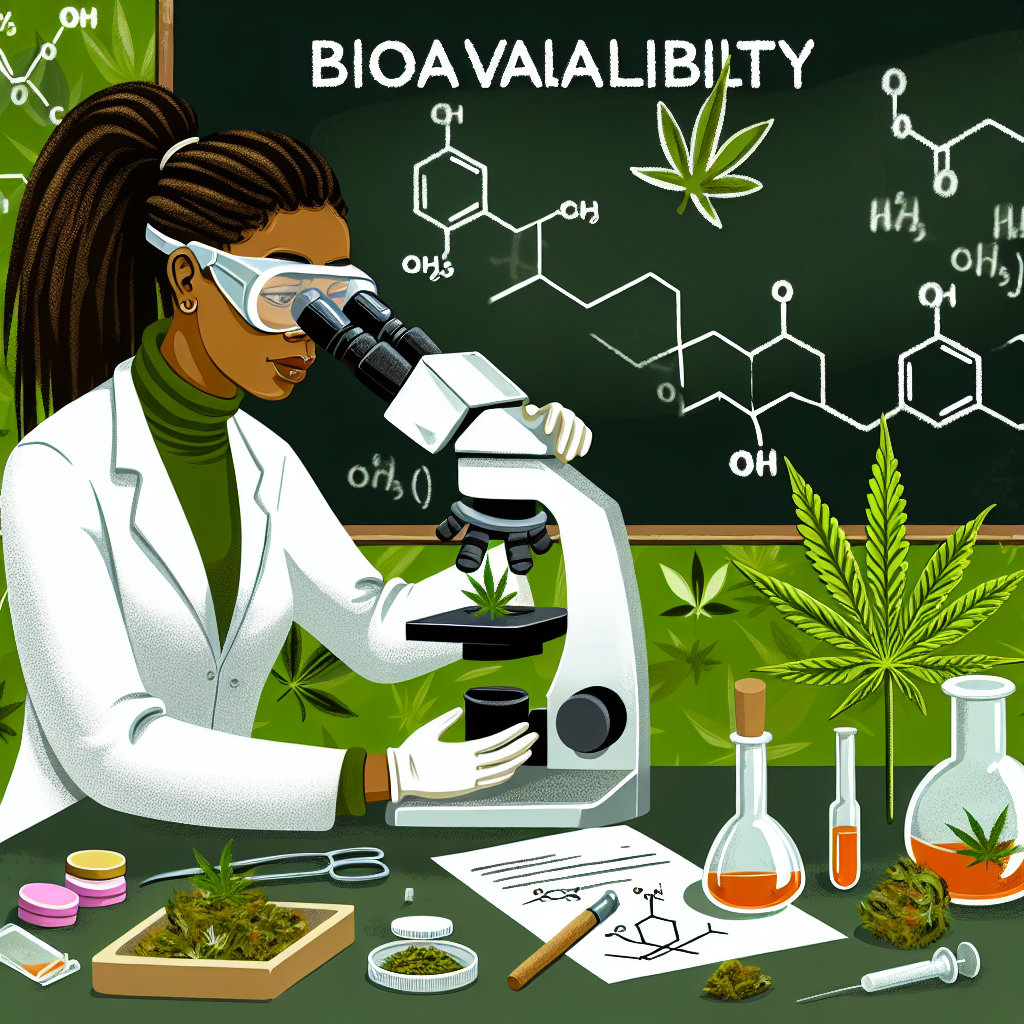Cannabis and Prescription Medications: Safe Combination Strategies for Wellness
As cannabis continues to gain legal status and social acceptance, more individuals are turning to it as a therapeutic option for managing chronic conditions, mental health disorders, pain, inflammation, and more. With this shift, a growing number of consumers are using cannabis in conjunction with prescribed pharmaceutical medications, whether for managing side effects, augmenting therapeutic effects, or achieving greater well-being.
However, the combination of cannabis with various prescription drugs is not without concern. Understanding how cannabis interacts with pharmaceuticals is essential for consumers, caregivers, and healthcare professionals alike.
Cannabis is a complex botanical medicine containing over 100 cannabinoids, including THC (tetrahydrocannabinol) and CBD (cannabidiol), which interact with the body’s endocannabinoid system (ECS). Each of these compounds can influence physiological processes such as mood regulation, inflammation, immune response, and pain perception. Simultaneously, pharmaceutical drugs work through various mechanisms, targeting different receptors, enzymes, and metabolic pathways to achieve therapeutic effects. This intersection can either be beneficial, neutral, or potentially harmful, depending on the specifics of both substances.
One major factor to consider when combining cannabis with prescription medications is drug metabolism. Both THC and CBD are metabolized by cytochrome P450 enzymes — the same liver enzymes responsible for metabolizing at least 60% of all pharmaceutical drugs. As a result, cannabis can increase or decrease the concentration of medications in the bloodstream by inhibiting or competing for the same metabolic pathways. This can potentially amplify the effects or unexpected side effects of prescription medications, or conversely, render them less effective.
Furthermore, cannabis may elicit physiological responses — such as increased heart rate, lowered blood pressure, or drowsiness — which can compound the effects of certain medications, such as benzodiazepines, opioids, or antidepressants.
Without proper guidance, consumers may unknowingly experience unwanted side effects or diminished health outcomes. Hence, implementing safe combination strategies — grounded in scientific evidence, clinical insight, and transparent communication with healthcare providers — is paramount. In this article, we explore current research on cannabis and drug interactions, safety considerations, and actionable strategies to help individuals and cannabis professionals make informed, health-conscious decisions when pairing cannabis with prescription medications.
Unlocking the Science: How Cannabis Interacts with Prescription Drugs
Evidence examining the interaction between cannabis and prescription medications is still emerging but suggests that cannabinoids can significantly alter drug metabolism. A 2017 review in the journal Cannabis and Cannabinoid Research emphasized that CBD is a potent inhibitor of cytochrome P450 enzymes, particularly CYP3A4 and CYP2C19, which are involved in metabolizing medications such as antiepileptics, sedatives, and anticoagulants. This inhibition can lead to elevated levels of these medications in the bloodstream, increasing the risk of toxicity or side effects.
One of the most well-publicized examples involves the combination of cannabidiol (CBD) with clobazam, an anti-epileptic drug. According to a study published in The New England Journal of Medicine in 2017, when administered together, CBD significantly increased clobazam levels in the blood, necessitating dosage adjustments to avoid sedation in pediatric patients with epilepsy.
Additionally, research published in Epilepsia in 2015 observed that CBD could boost serum levels of certain antiepileptic drugs by up to 60%. Although this can enhance therapeutic outcomes in drug-resistant epilepsy cases, it also mandates clinical monitoring for toxicity.
A systematic review in the journal Medicines in 2020 highlighted potential interactions between cannabis and a wide range of drugs including SSRIs (selective serotonin reuptake inhibitors), benzodiazepines, opioids, and warfarin. The review underscored the importance of monitoring for side effects such as increased sedation, heightened anxiety, changes in blood pressure, and impaired motor coordination when cannabis is used adjunctively.
Clinical Perspectives: What Healthcare Providers are Seeing
From a clinical standpoint, providers increasingly report that patients using cannabis alongside prescriptions often experience unanticipated side effects or therapeutic changes. This necessitates a patient-centered strategy emphasizing transparency, education, and personalized care. Pharmacists and integrative medicine clinicians are starting to play a vital role in helping patients navigate these interactions safely.
Furthermore, a 2021 study in the journal Frontiers in Pharmacology explored the pharmacokinetics of cannabis when consumed in oil, flower, and edible format. The route of administration was found to influence the timing and intensity of drug interactions — an important consideration since inhaled cannabis takes effect faster with shorter duration, whereas edibles produce prolonged effects and may sustain interactions with prescription drugs longer.
5 Actionable Strategies for Safe Cannabis and Prescription Use
1. Talk to Your Doctor and Disclose Cannabis Use – Patients should always inform their healthcare provider about any cannabis products they are using. This allows for an evaluation of potential interactions and informed adjustments to prescription dosages.
2. Start Low, Go Slow – Whether introducing cannabis while on medications, or starting medications while using cannabis, incremental dosing minimizes risks of adverse effects.
3. Monitor Closely for Side Effects – Watch for changes in mood, drowsiness, heart rate, motor coordination, or other signs that a drug interaction might be occurring.
4. Use High-Quality, Labeled Products – Choose lab-tested cannabis products with clear cannabinoid and terpene profiles to better predict interactions and effects.
5. Medical Supervision for Complex Cases – Specialty cannabis clinicians or integrative medicine providers can offer tailored advice for patients managing complex health regimens.
Conclusion: Building a Safe, Synergistic Approach to Cannabis Therapy
Combining cannabis and prescription medications can be both therapeutically beneficial and physiologically complex. The expanding body of research underscores the importance of understanding drug interactions and personalizing treatment protocols. Patients and professionals must engage in open dialogue, backed by science and medical oversight, to ensure that the integration of cannabis into a pharmaceutical regimen supports overall wellness without unintended consequences.
With careful attention and responsible strategies, cannabis can support a holistic and safe approach to modern healthcare.
References
– Cannabis and Cannabinoid Research
– The New England Journal of Medicine
– Epilepsia Study
– Medicines Journal Review
– Frontiers in Pharmacology
Concise Summary:
As cannabis continues to gain popularity, more individuals are using it alongside prescription medications. However, the combination of cannabis and pharmaceuticals can be complex, with potential for both beneficial and harmful interactions. This article explores the science behind cannabis-drug interactions, clinical perspectives, and actionable strategies to help consumers and healthcare providers navigate this landscape safely and effectively.




